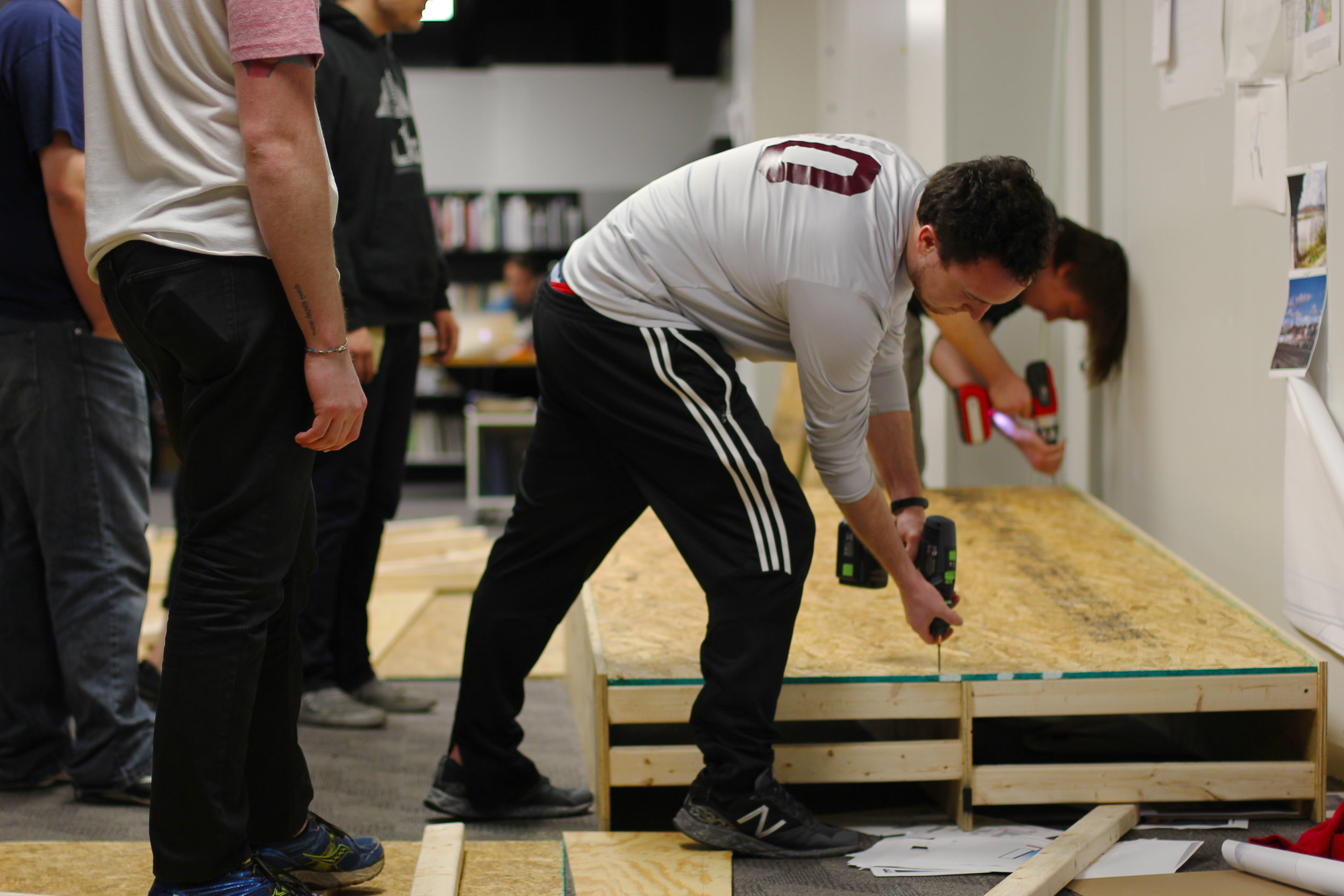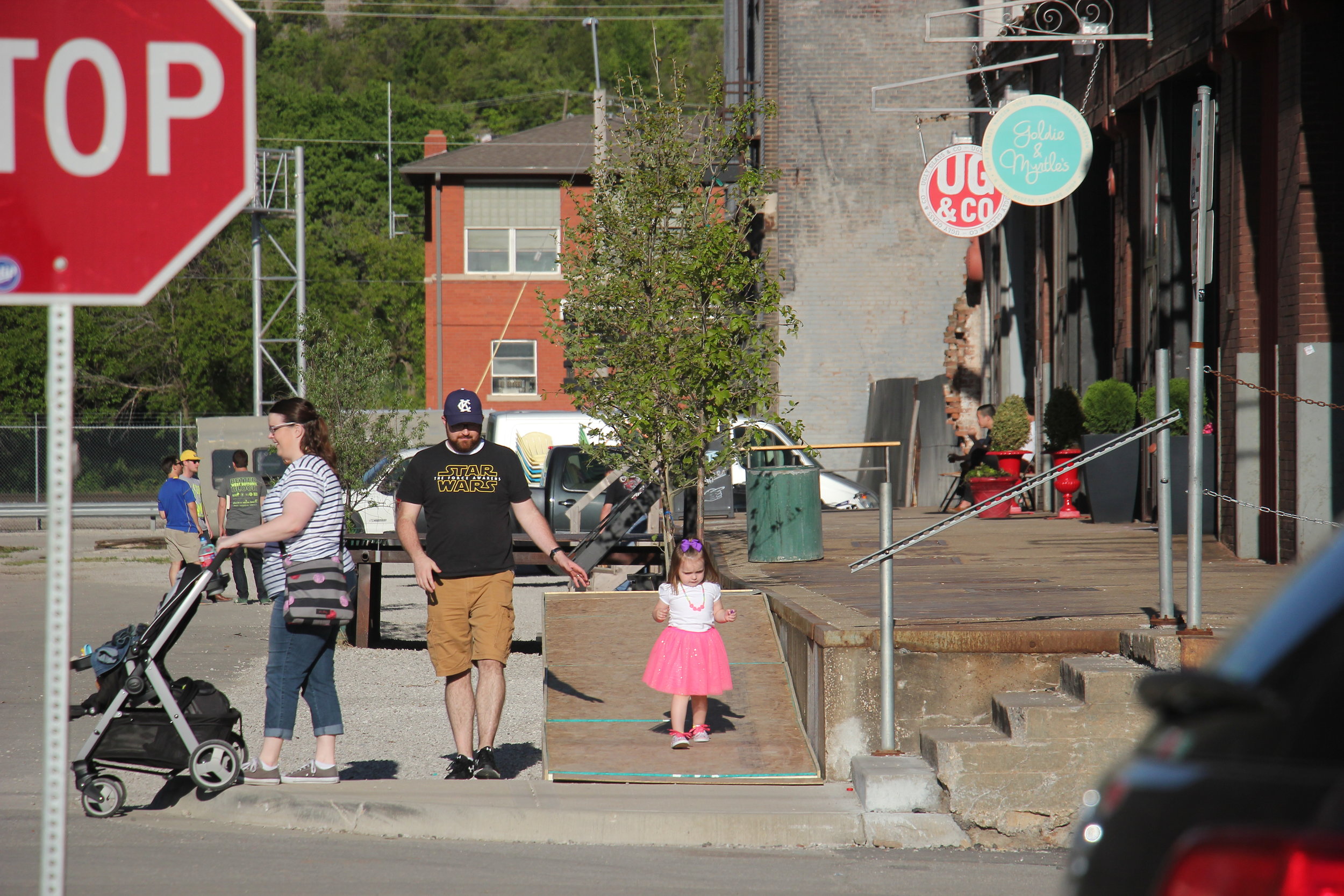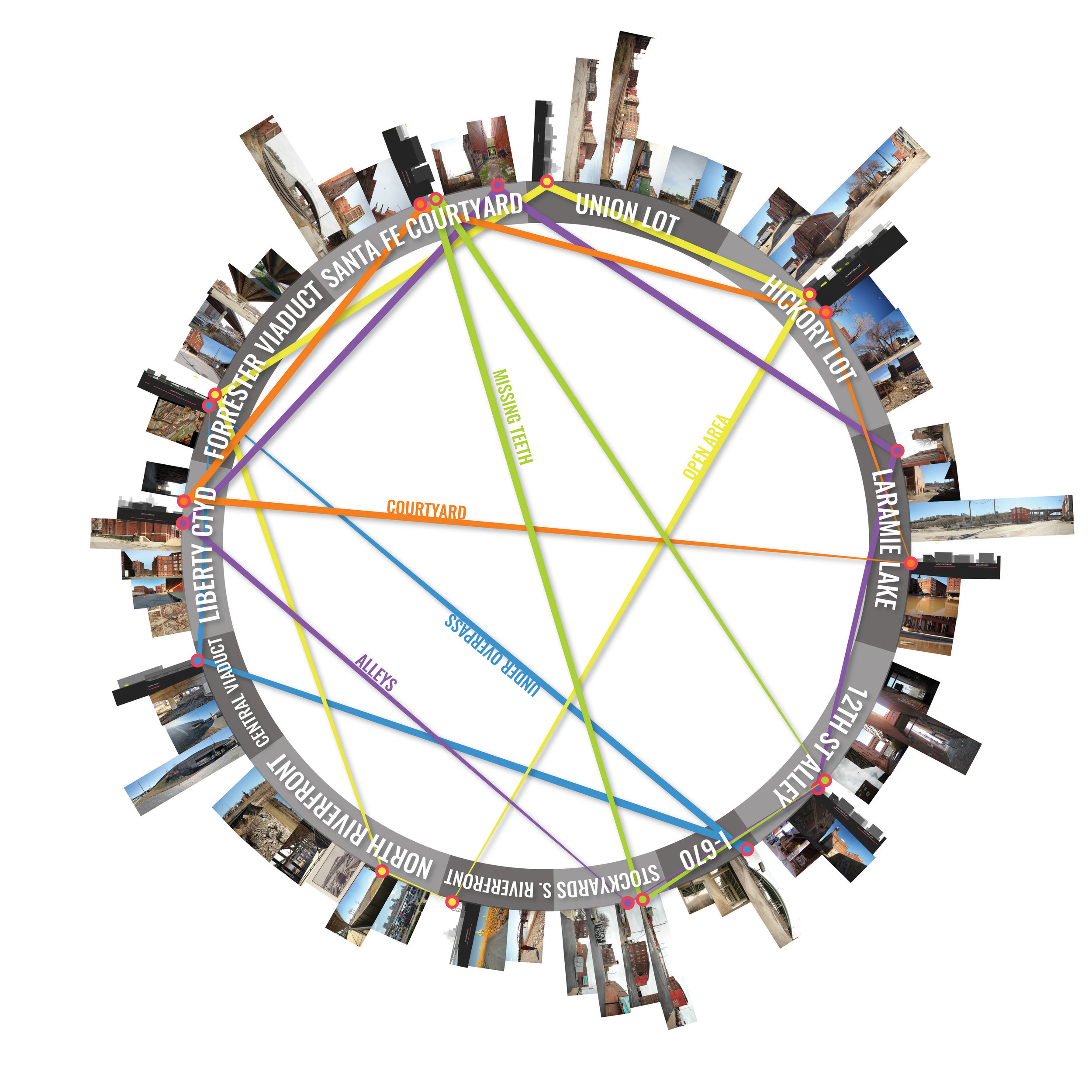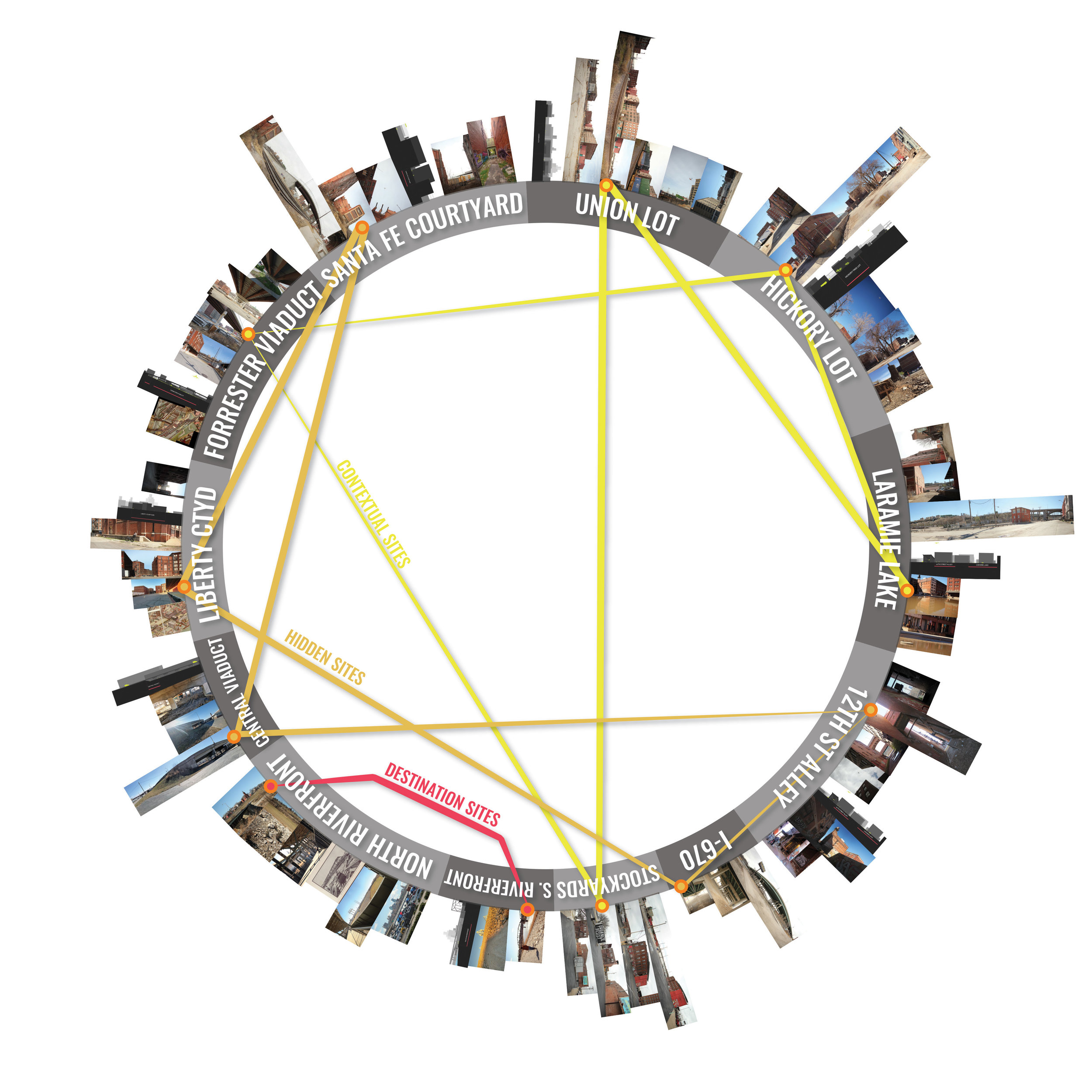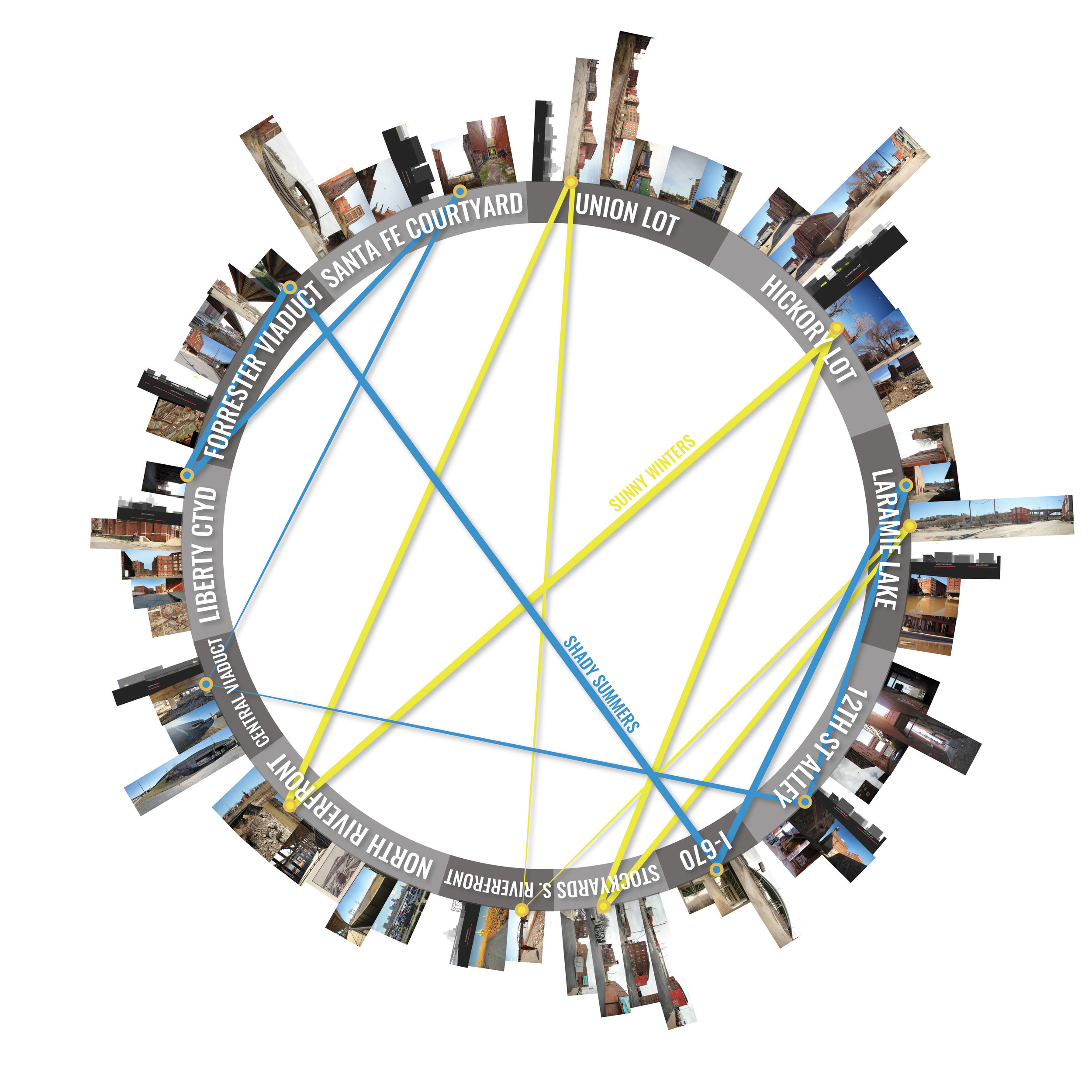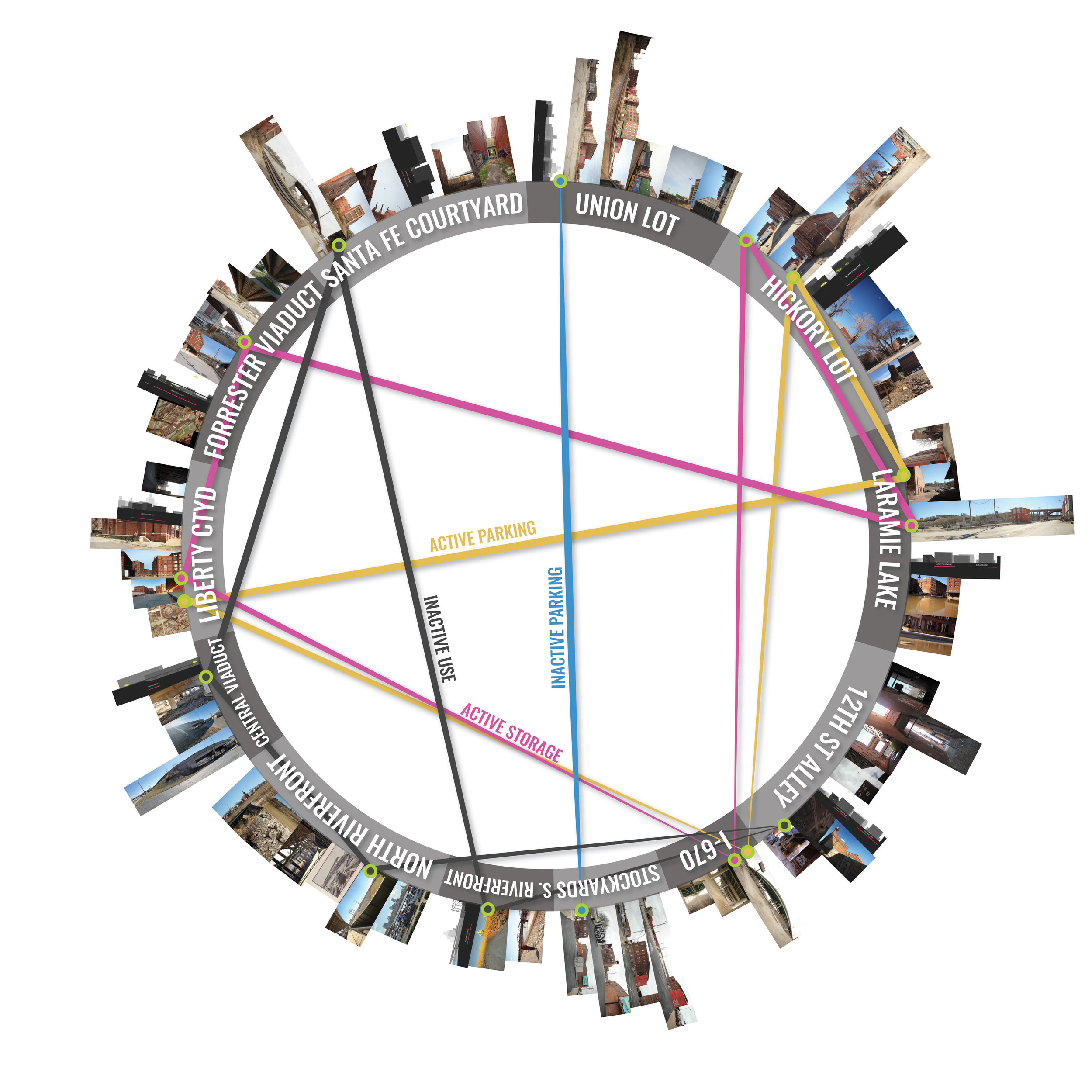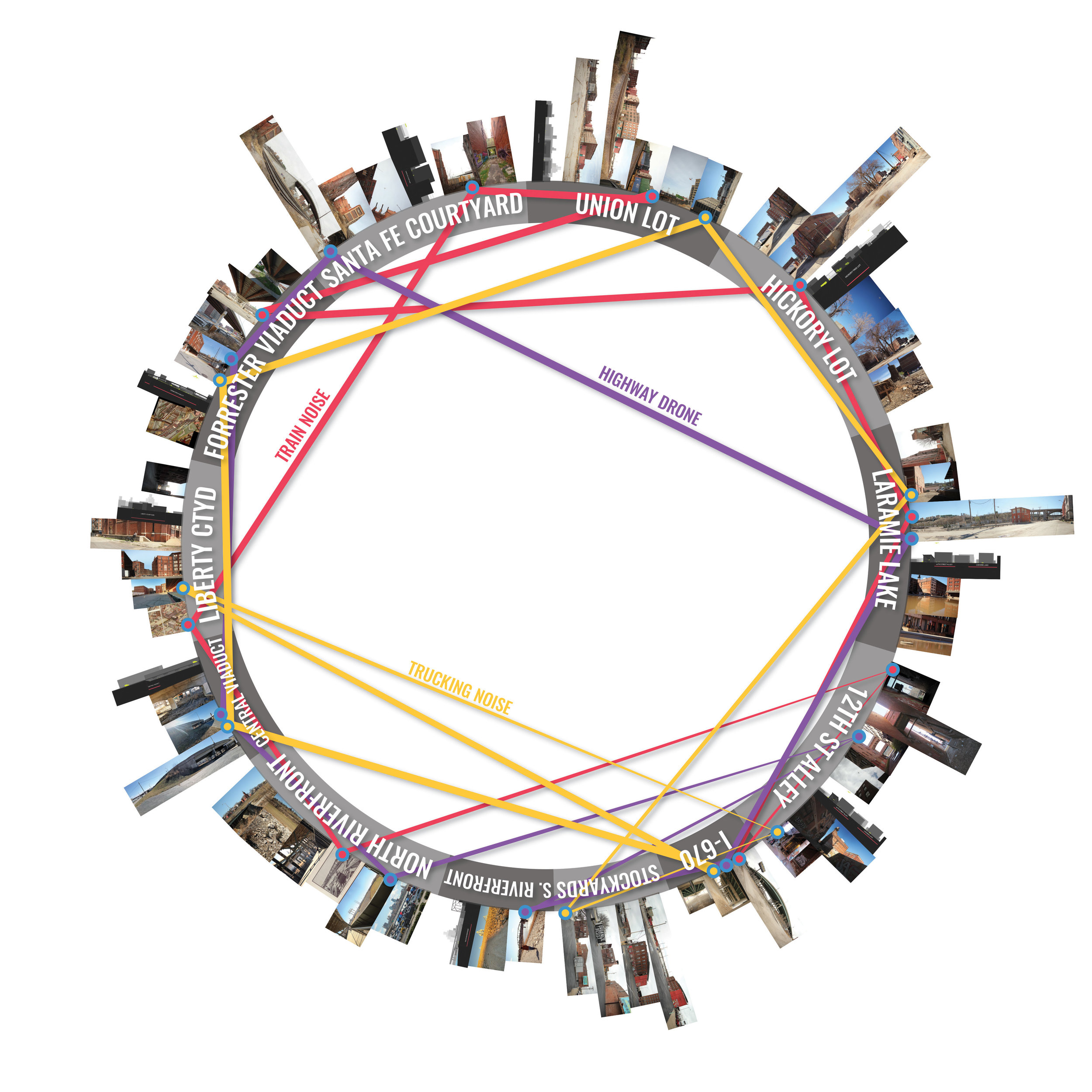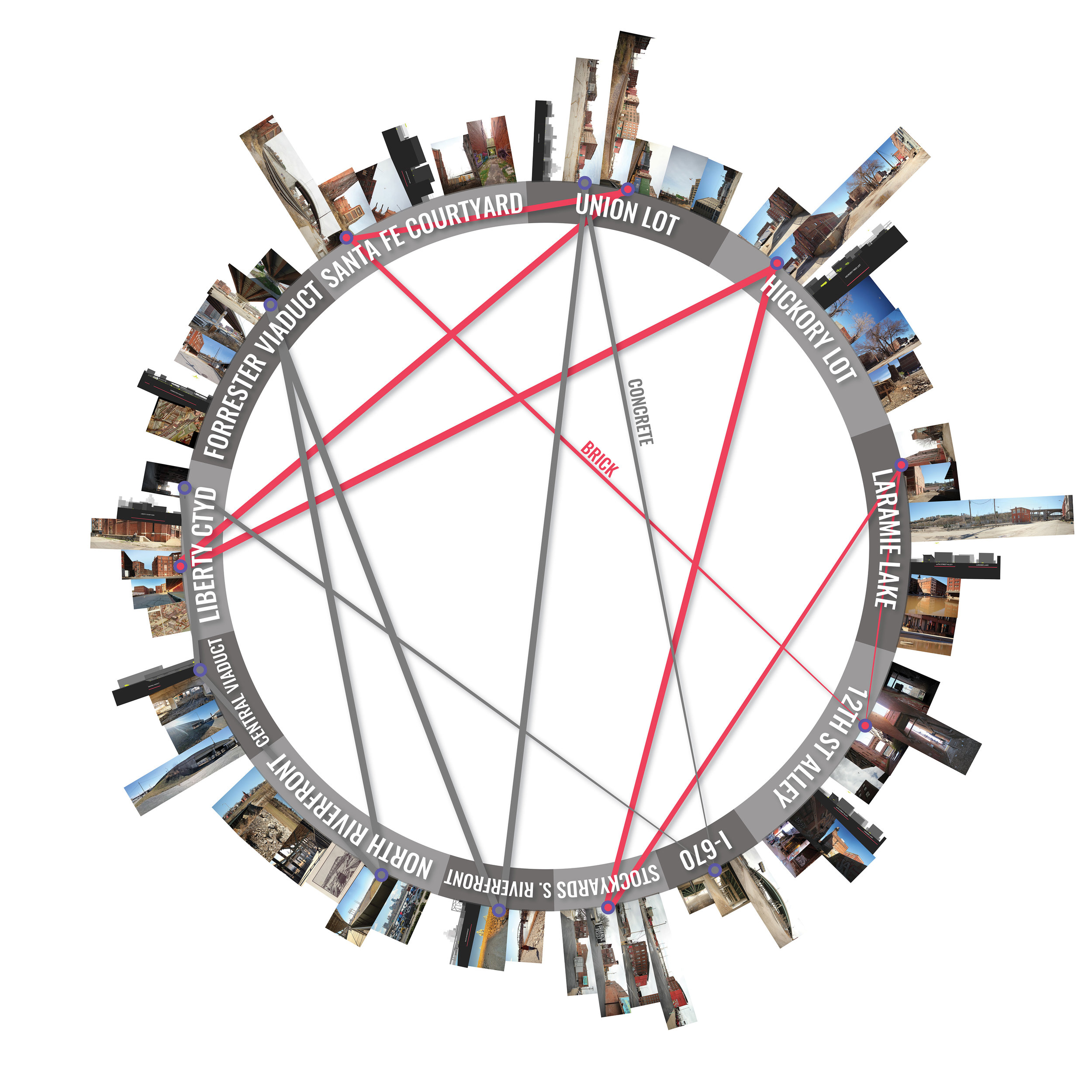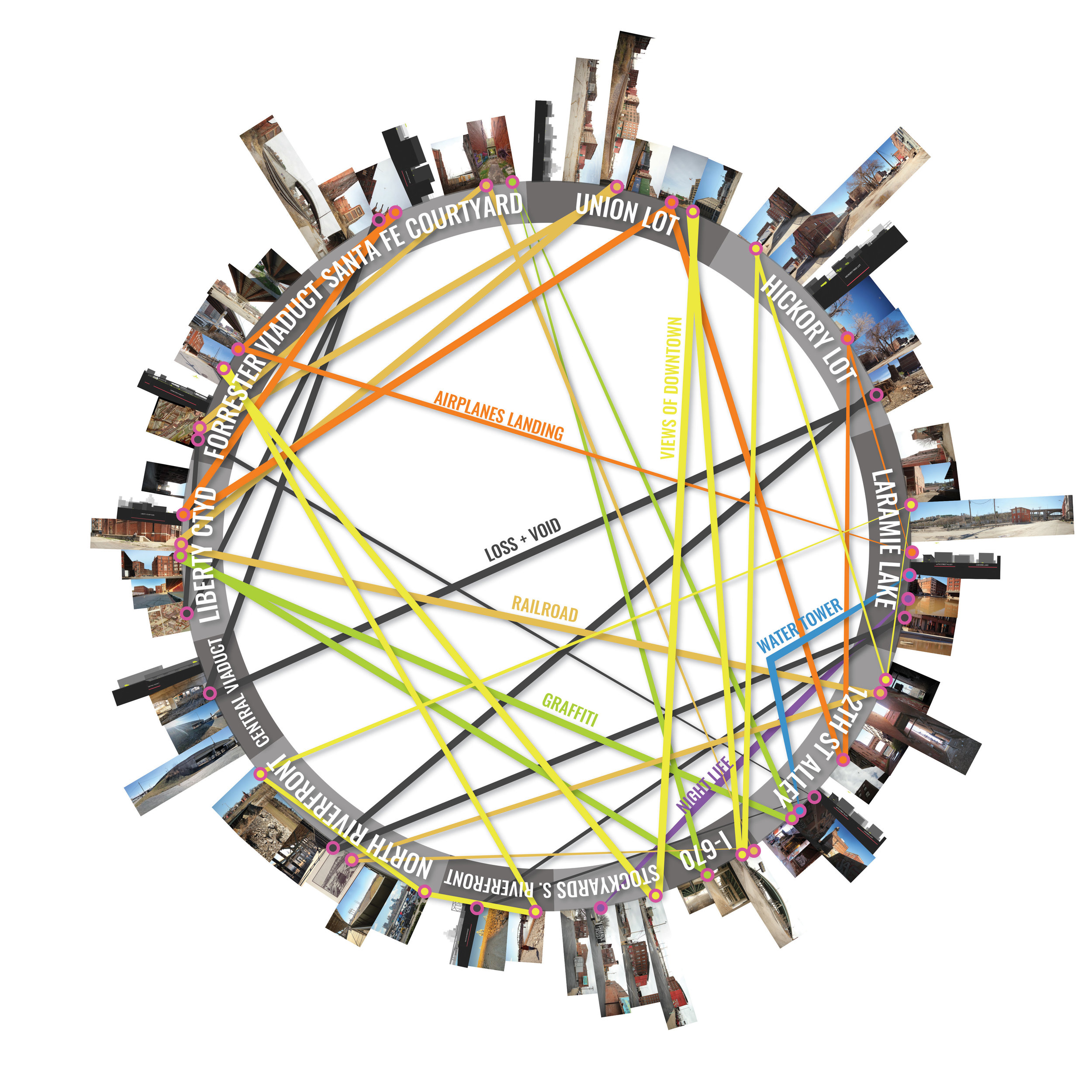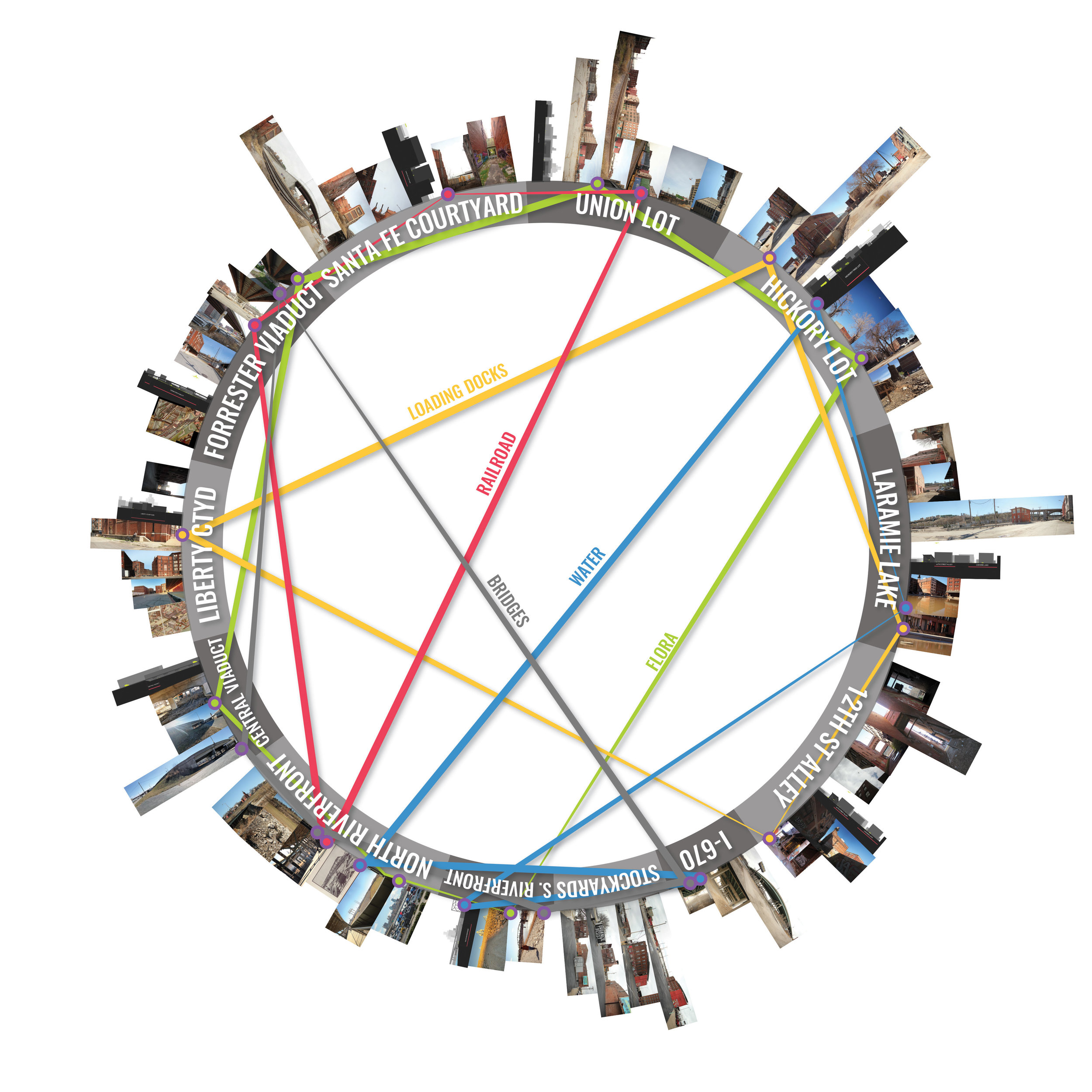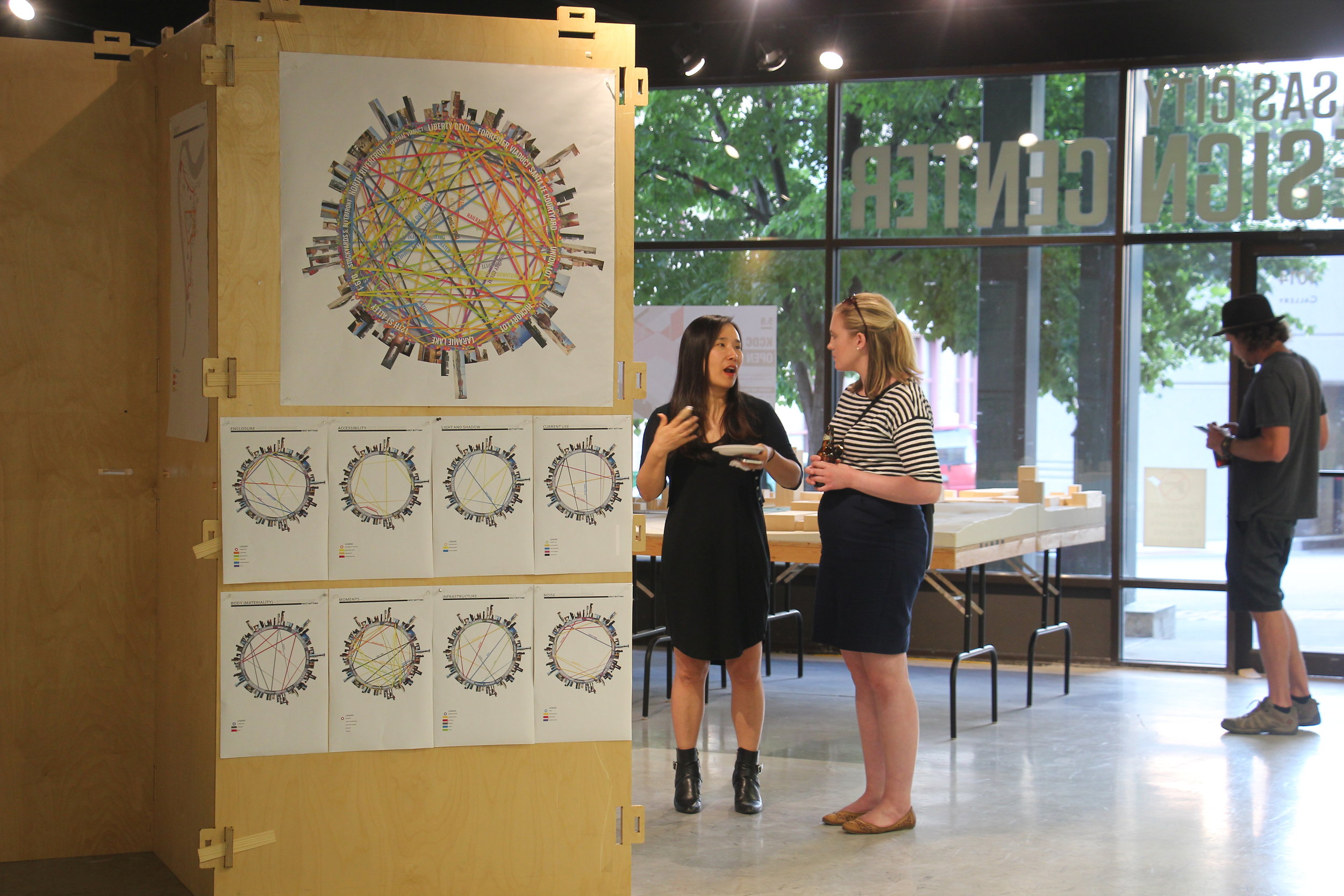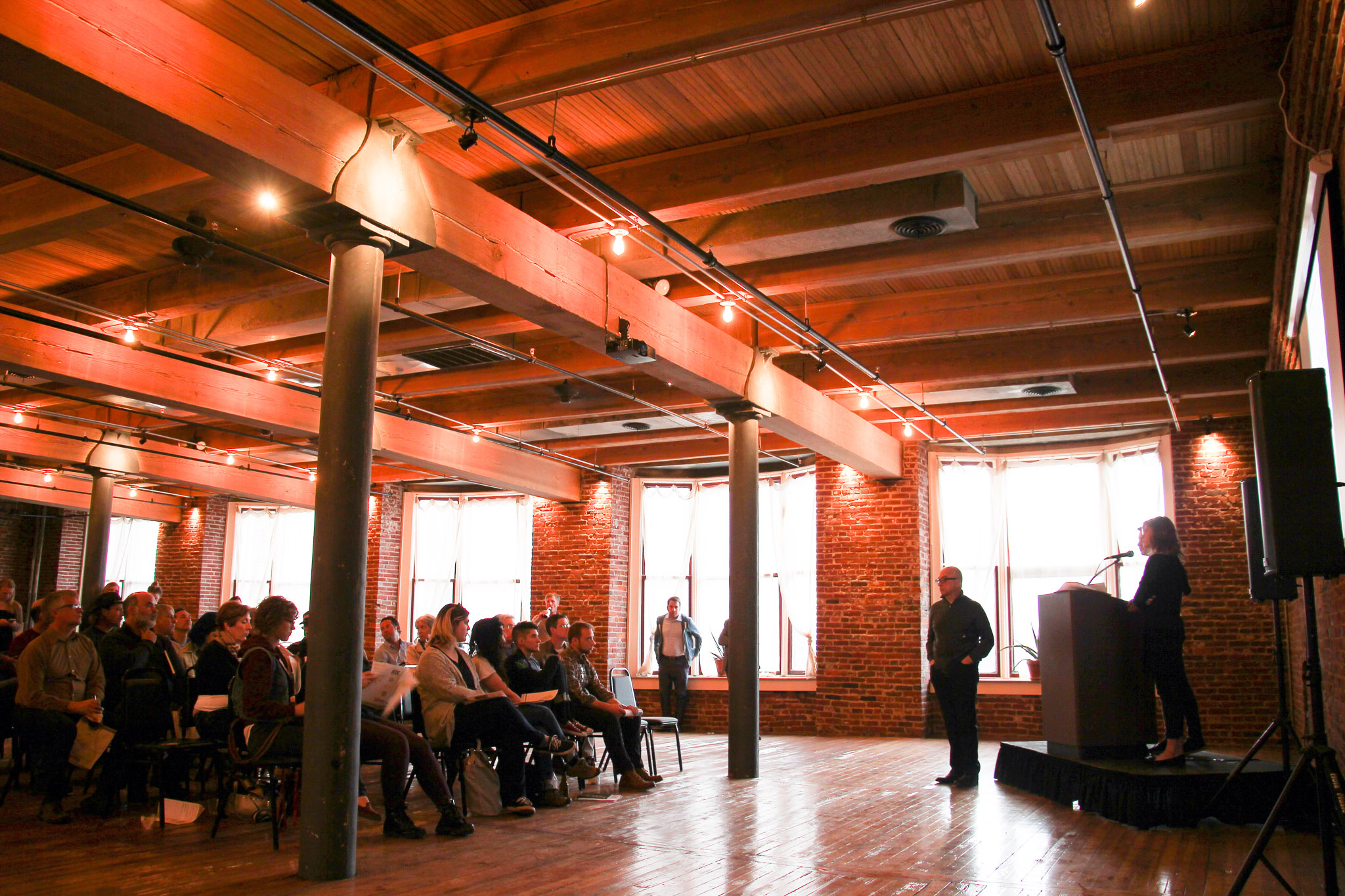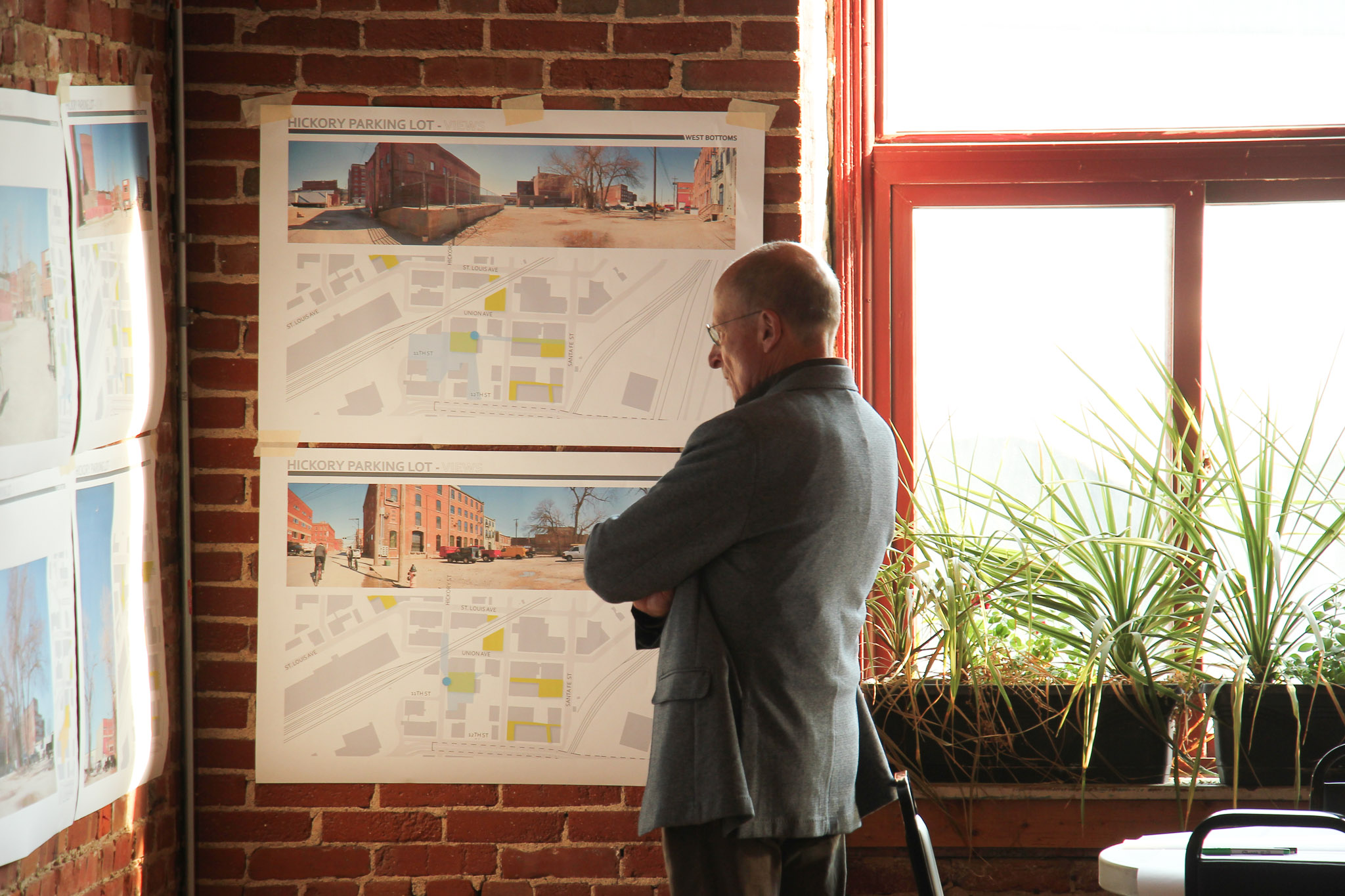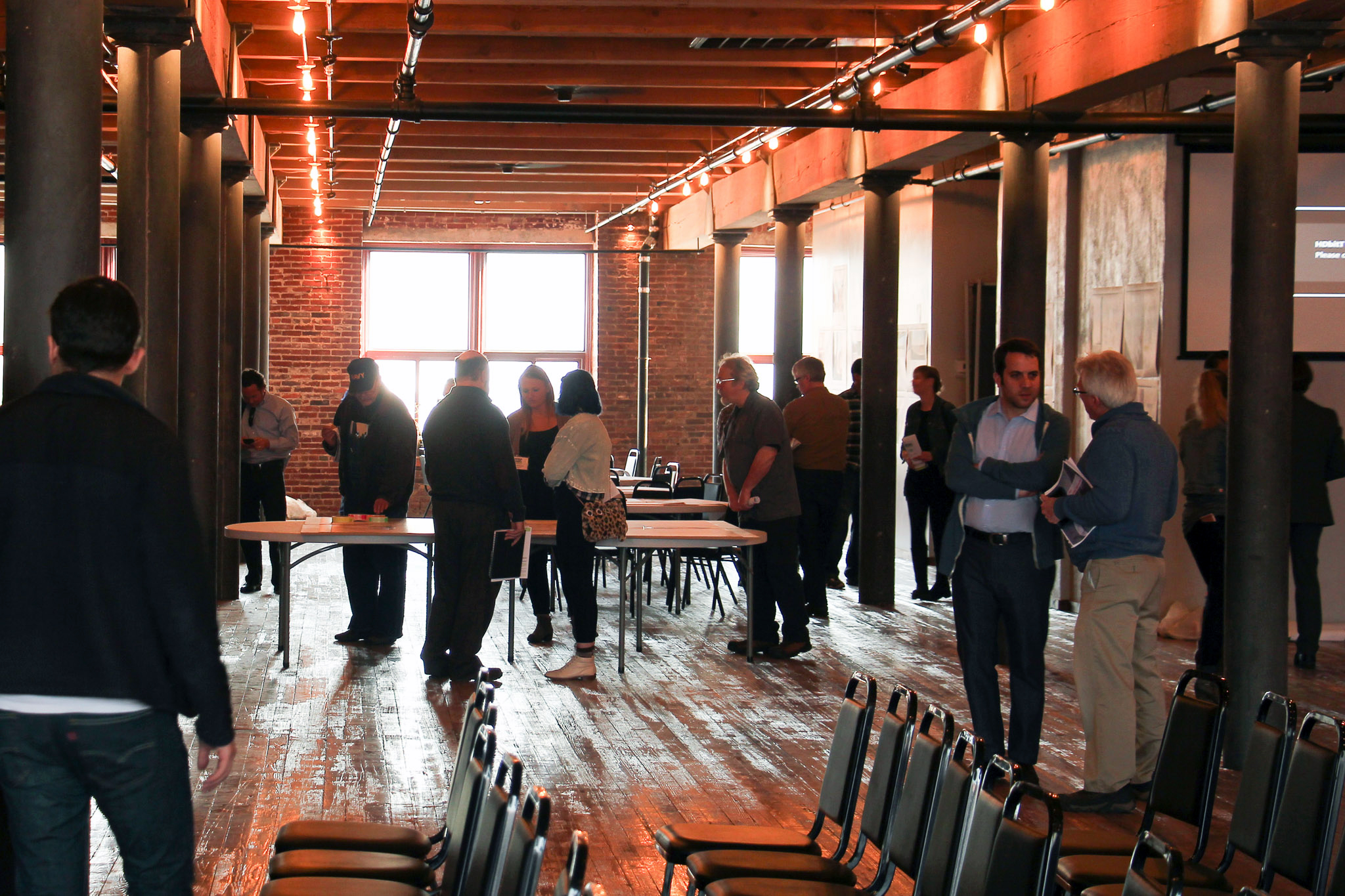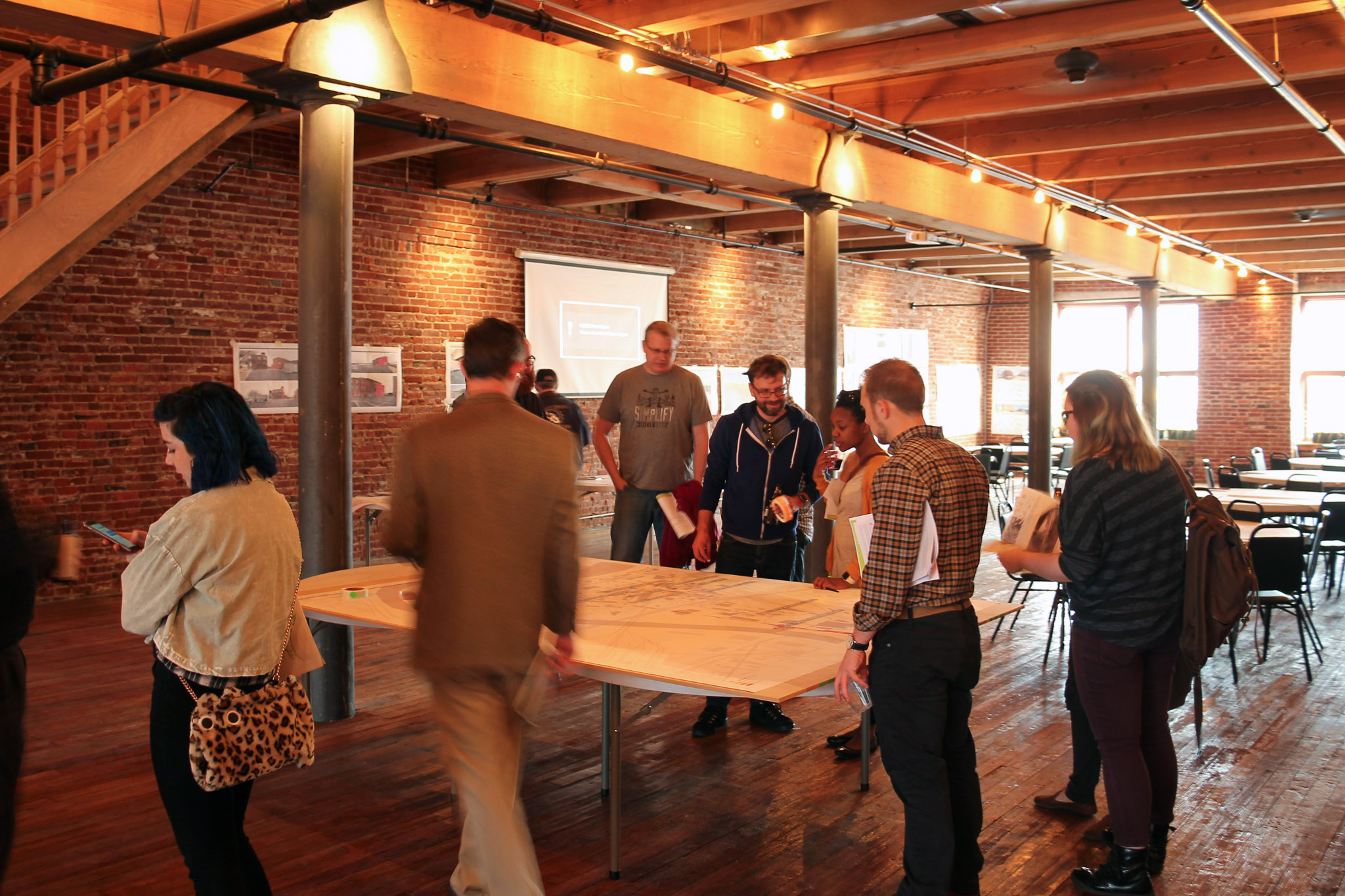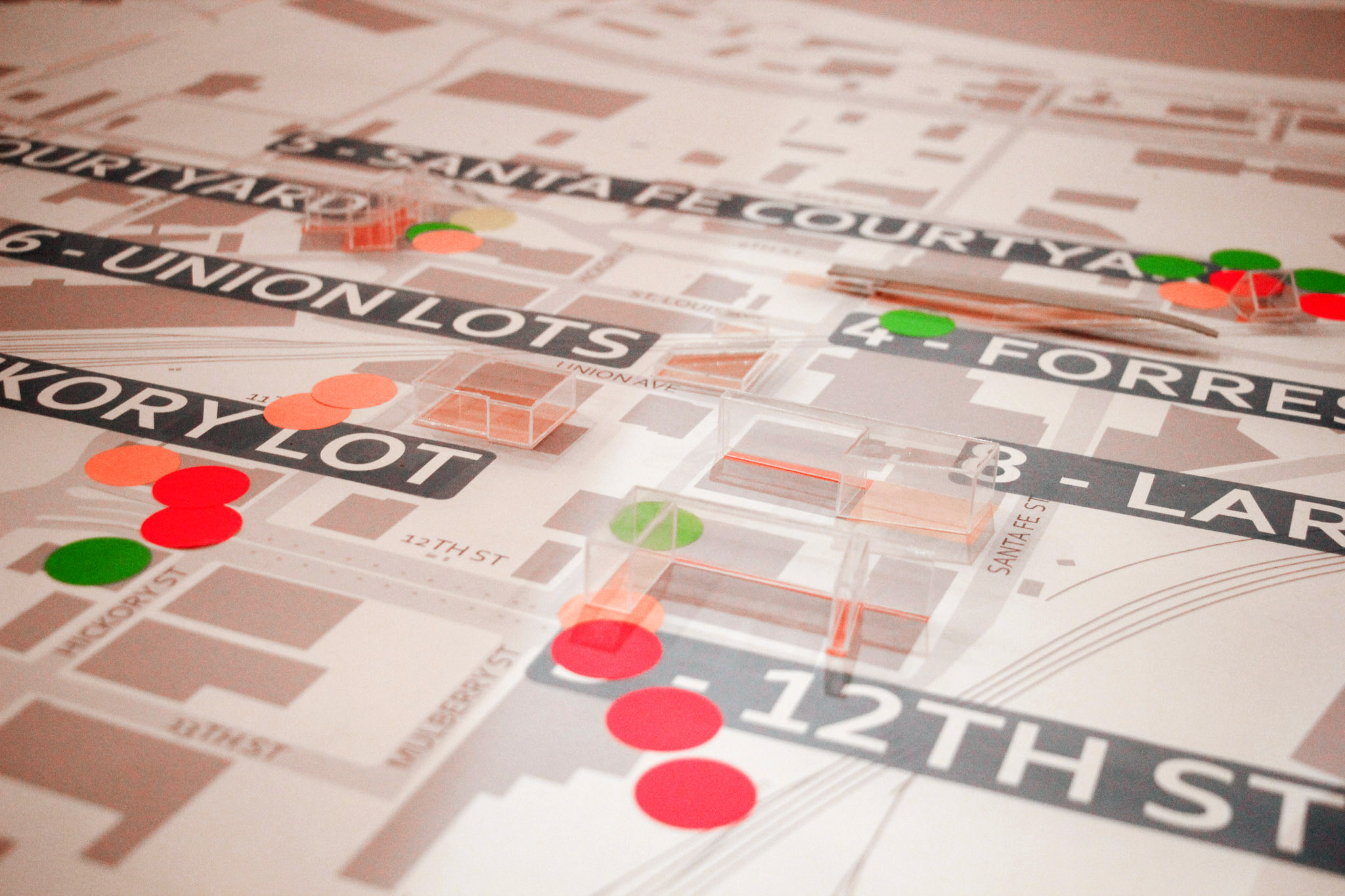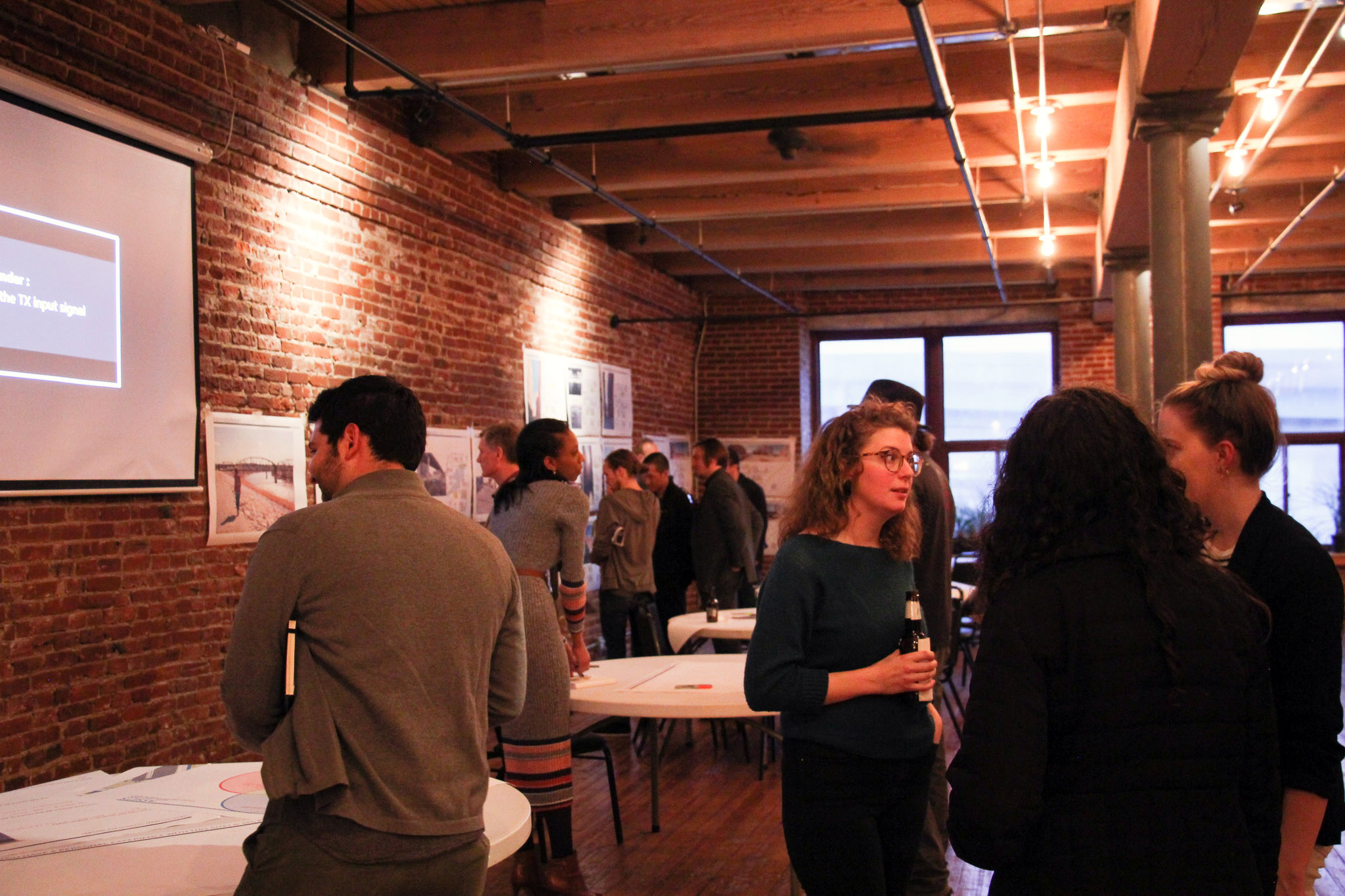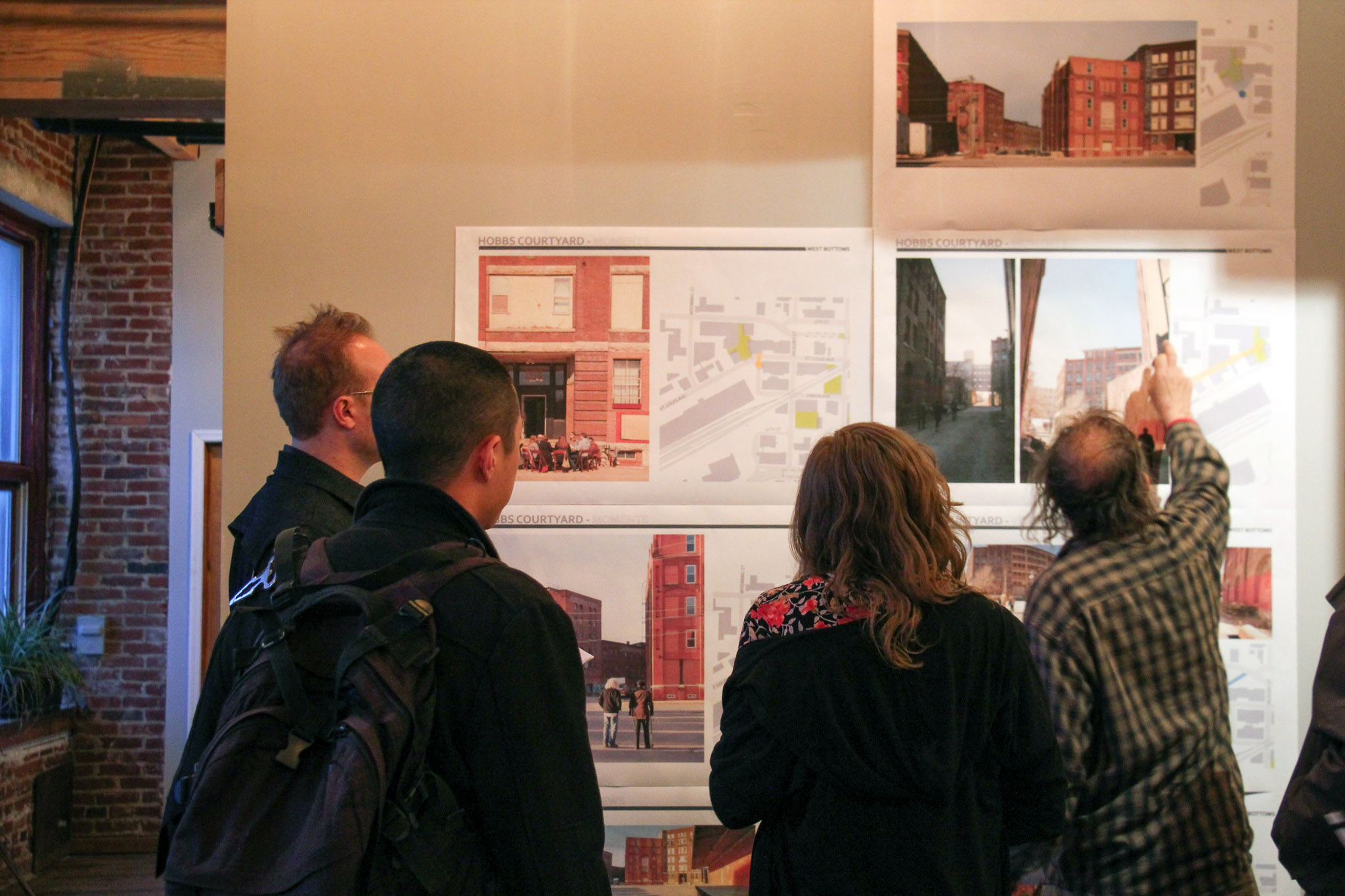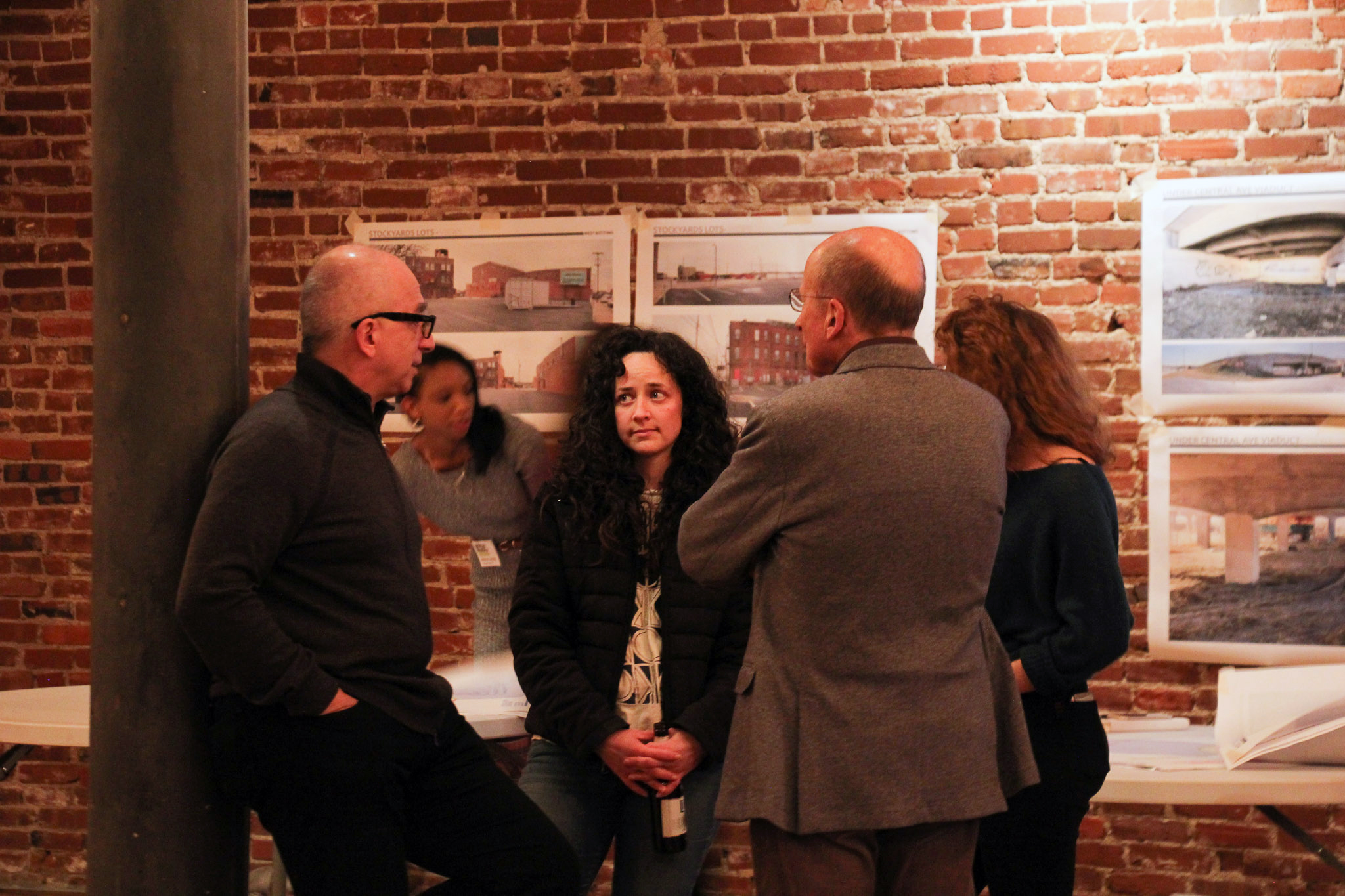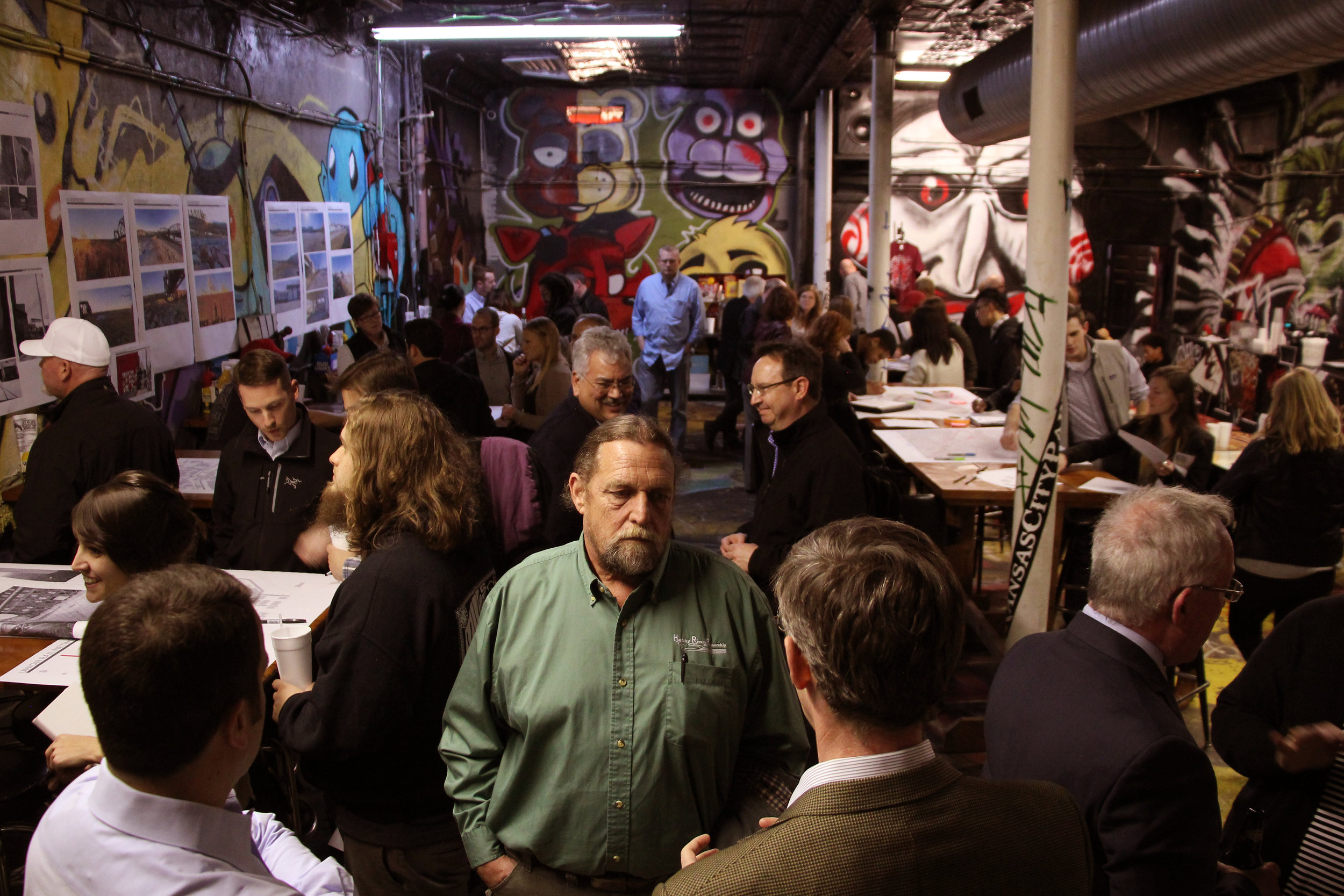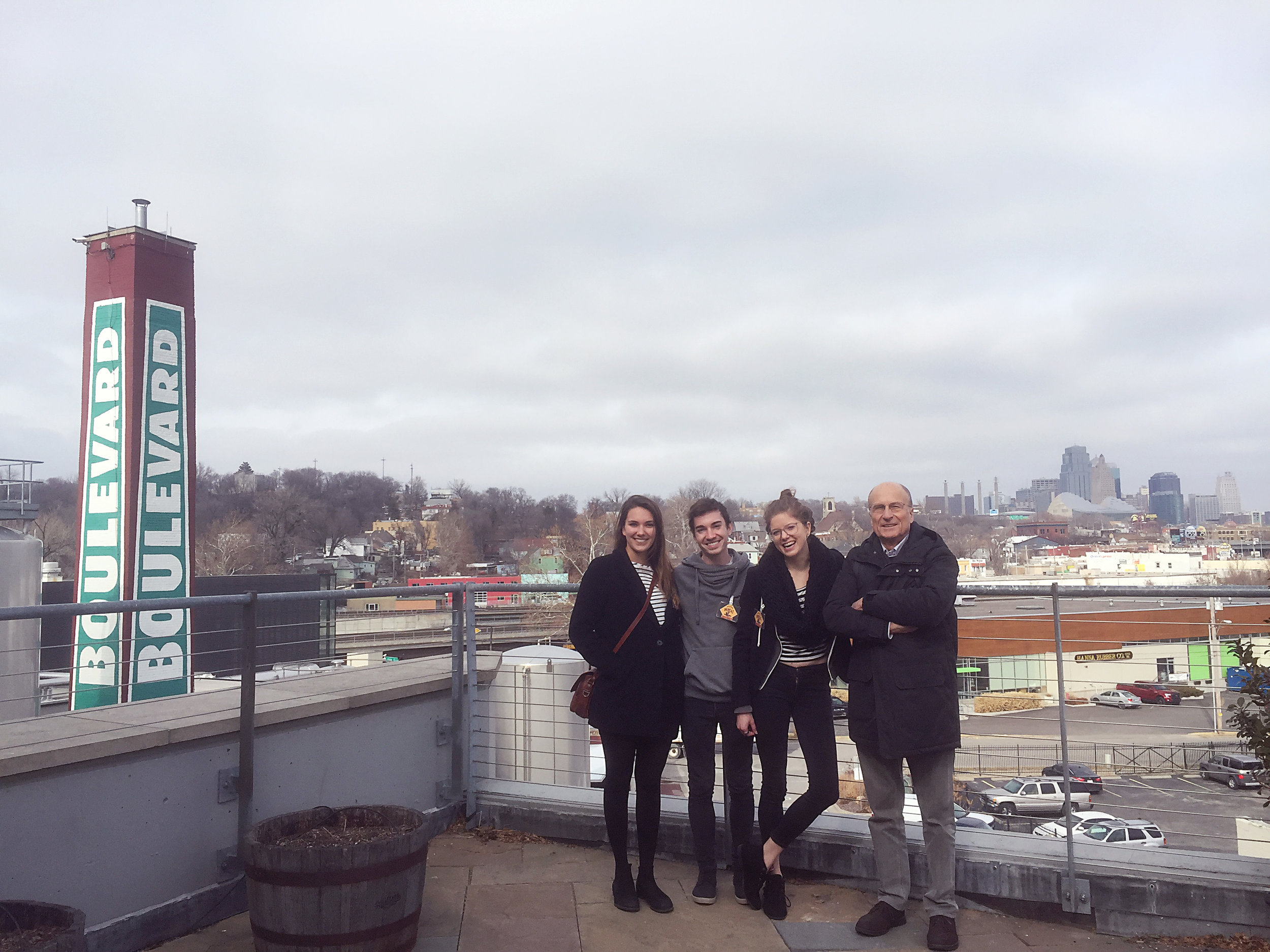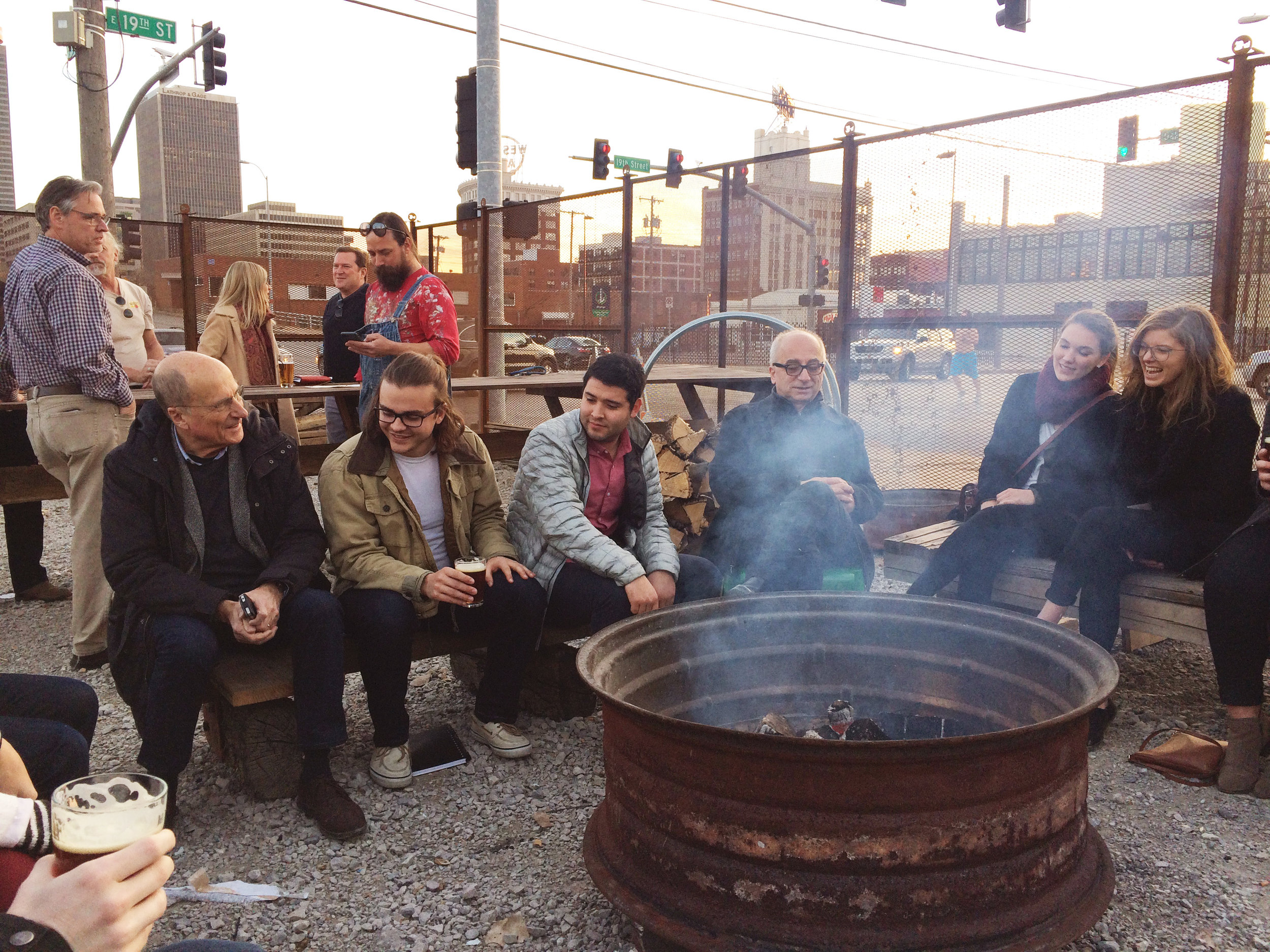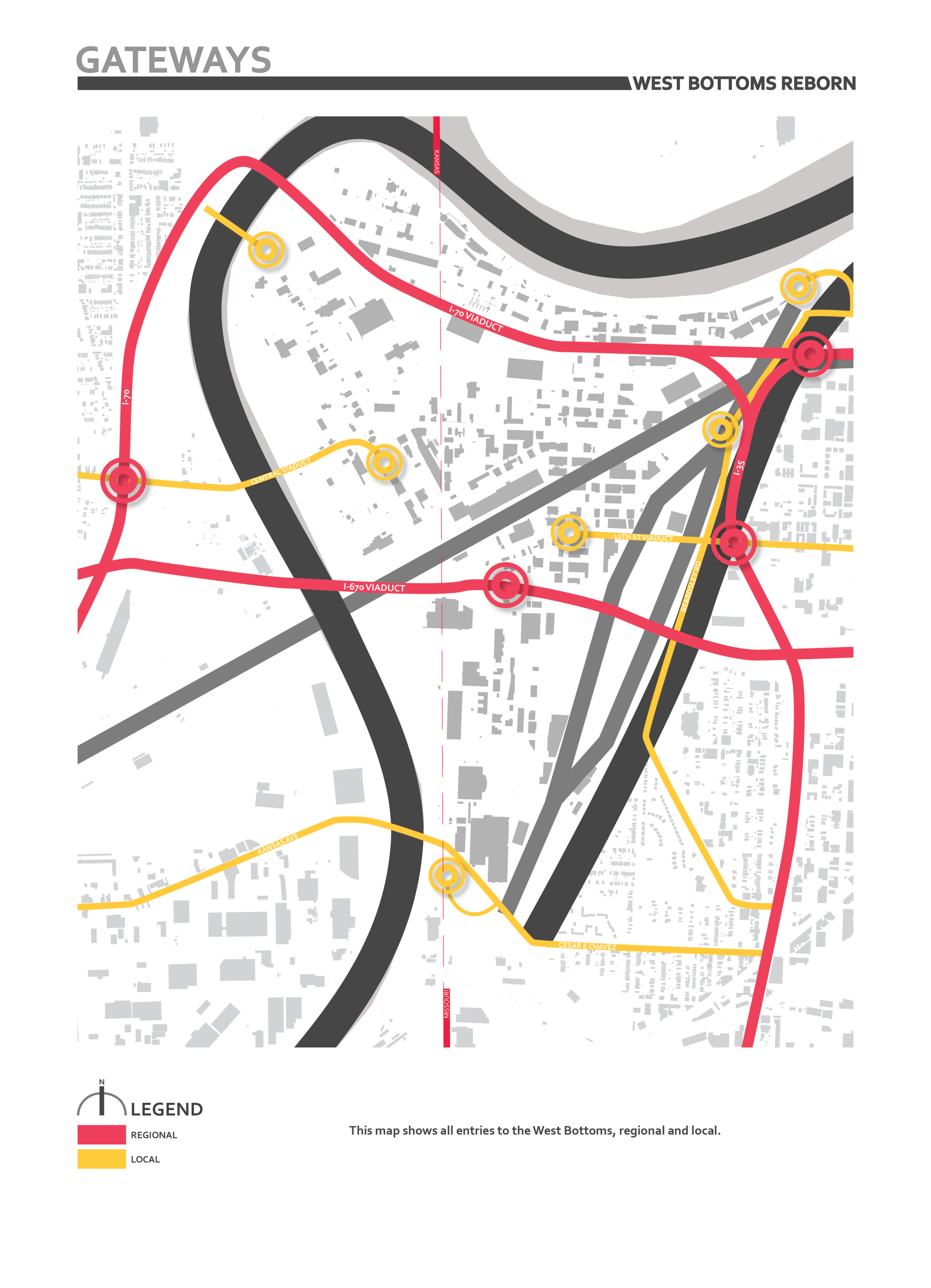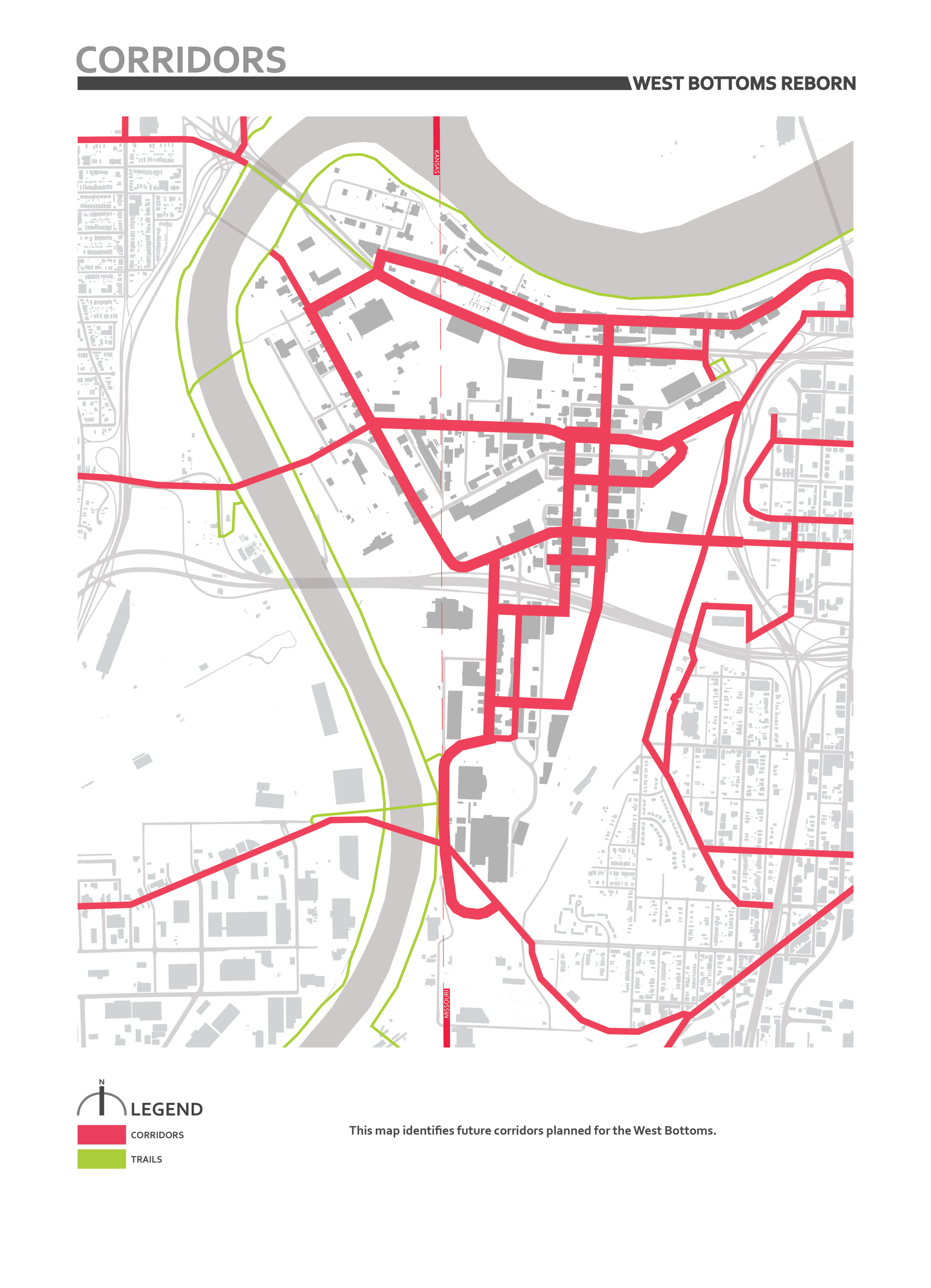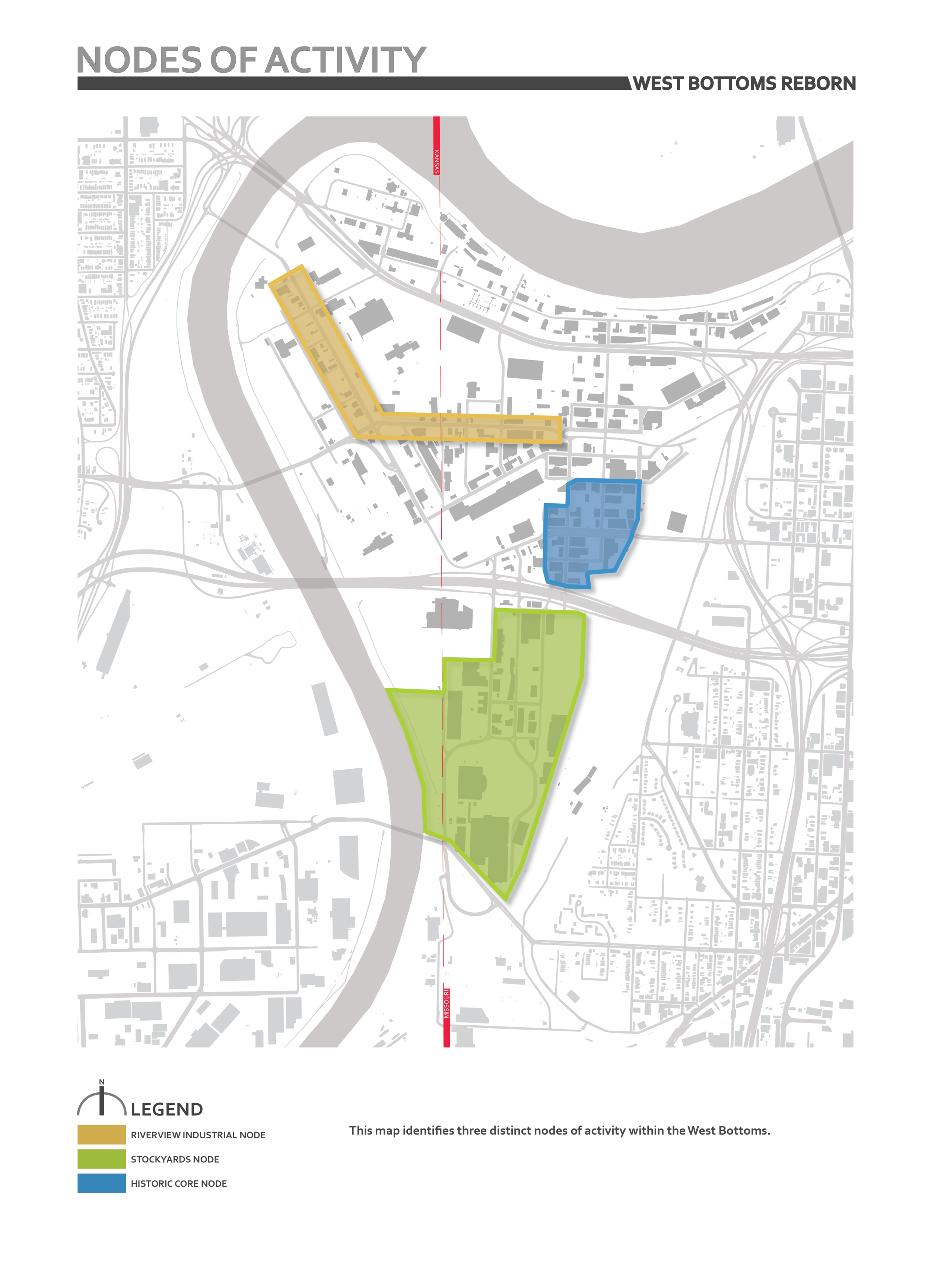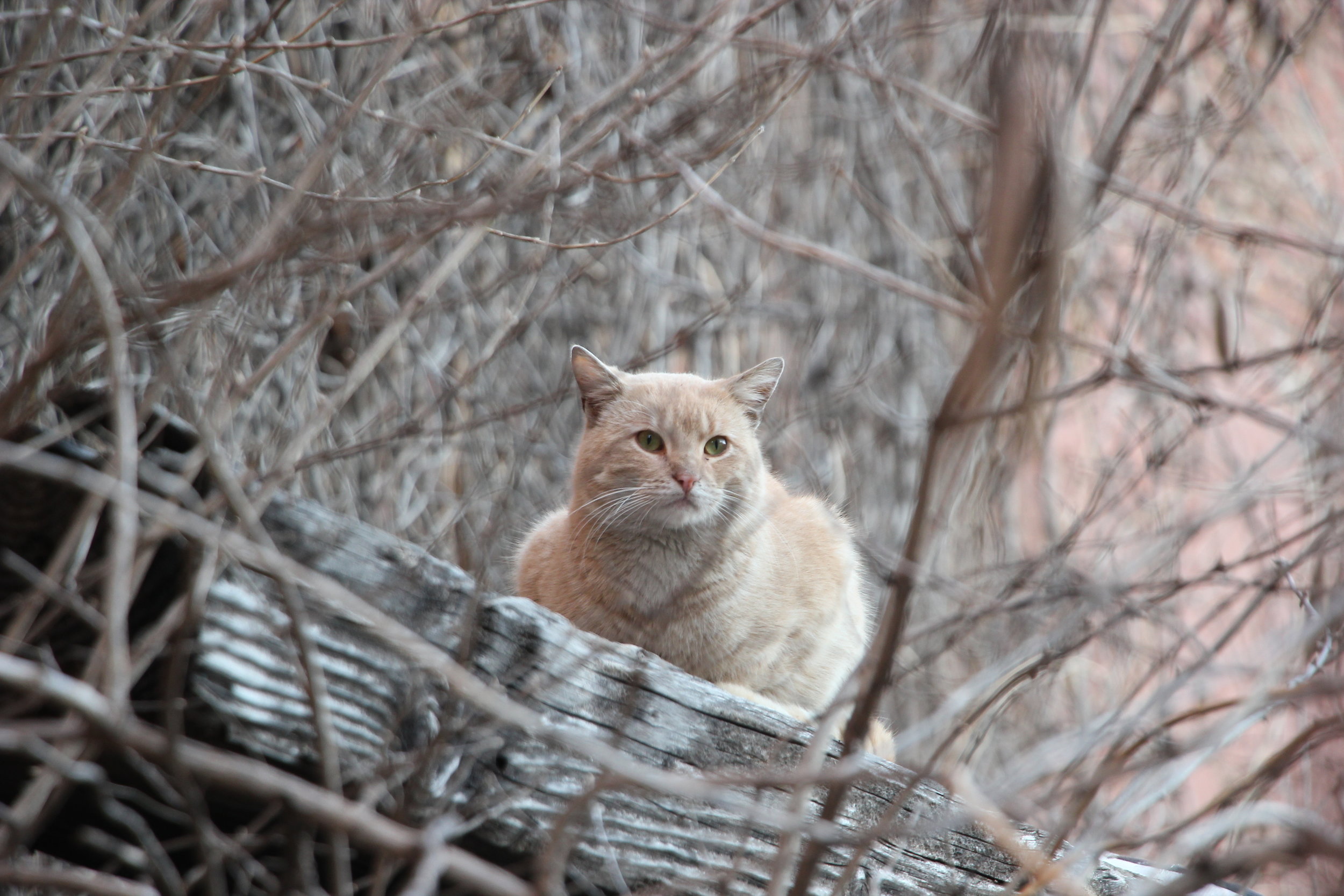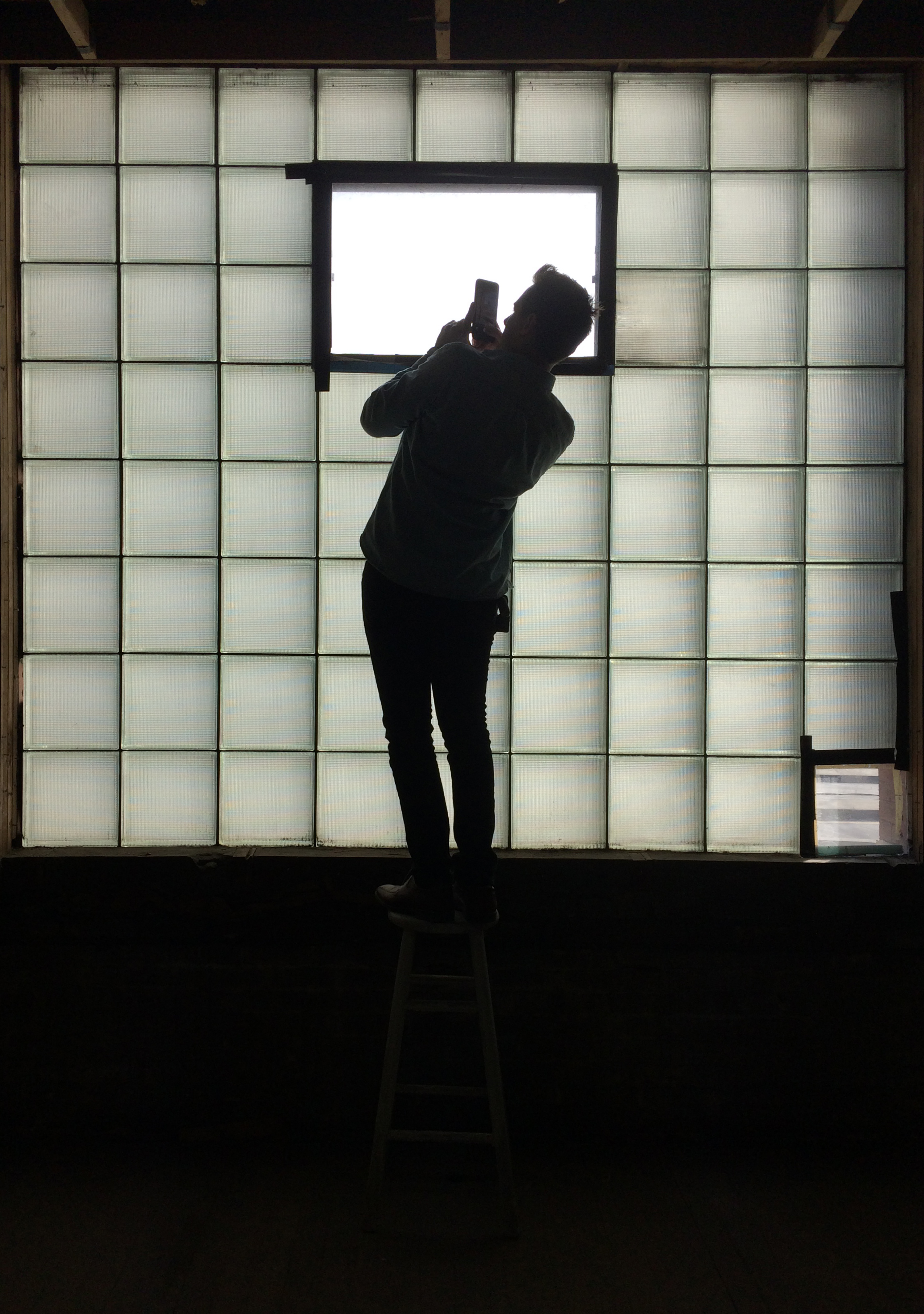Art in the Loop Releases 3D Model of Downtown Kansas City in Collaboration with the KCDC
/The Art in the Loop Foundation, in partnership with the Kansas City Design Center and the Downtown Council, is pleased to announce the release of an interactive, three-dimensional, model of Downtown Kansas City which features 21 sites identified by the Kansas City Design Center as strategic locations for future enhancement of Art in the Loop public art sites system.
Viewers of the digital model (which is available on the Art in the Loop website as a free web application) are invited to explore the site locations by flying through, zooming in and out of, and clicking on the sites which contain downloadable reference manuals designed to aid future artists in their proposals development.
To access the digital model, visit: http://www.artintheloop.com/digital-model/
About the Art in The Loop Vision Study
In 2015, the Kansas City Design Center (KCDC) was awarded a Challenge America grant from the National Endowment for the Arts to help fund the development of the Art in the Loop Vision Plan. Working with the Art in the Loop Foundation and the Downtown Council, the KCDC developed a strategic system to identify sites for artwork with the goal of improving the connectivity and identity of Downtown Kansas City.
The project included a public input process, inventory of physical assets, a survey of existing artwork, and development of criteria for a site selection process. The process also included the development of a three-dimensional digital model for Downtown Kansas City. During the process, KCDC identified 21 sites; then documented the sites and a created a reference manual for future for artists’ concept development. Three local artists, Julia Cole, Phil Shafer and Barry Anderson, acted as consultants to not only enrich the dialogue between disciplines but lend their unique expertise to the development of art sites.
The project vision was to enhance the identity of Kansas City’s Downtown core by improving walkability, authenticity, safety, and connectivity by expanding the network of Art in the Loop art sites. By developing a strategic framework of public sites for art, the project emphasizes the Greater Downtown Area Plan goals of walkability, authenticity, safety, and connectivity. These sites will generate opportunities for a variety of artists to create art for downtown’s diverse populations. This leads to a stronger community identity that binds together visitors and citizens alike with a sense of belonging.


